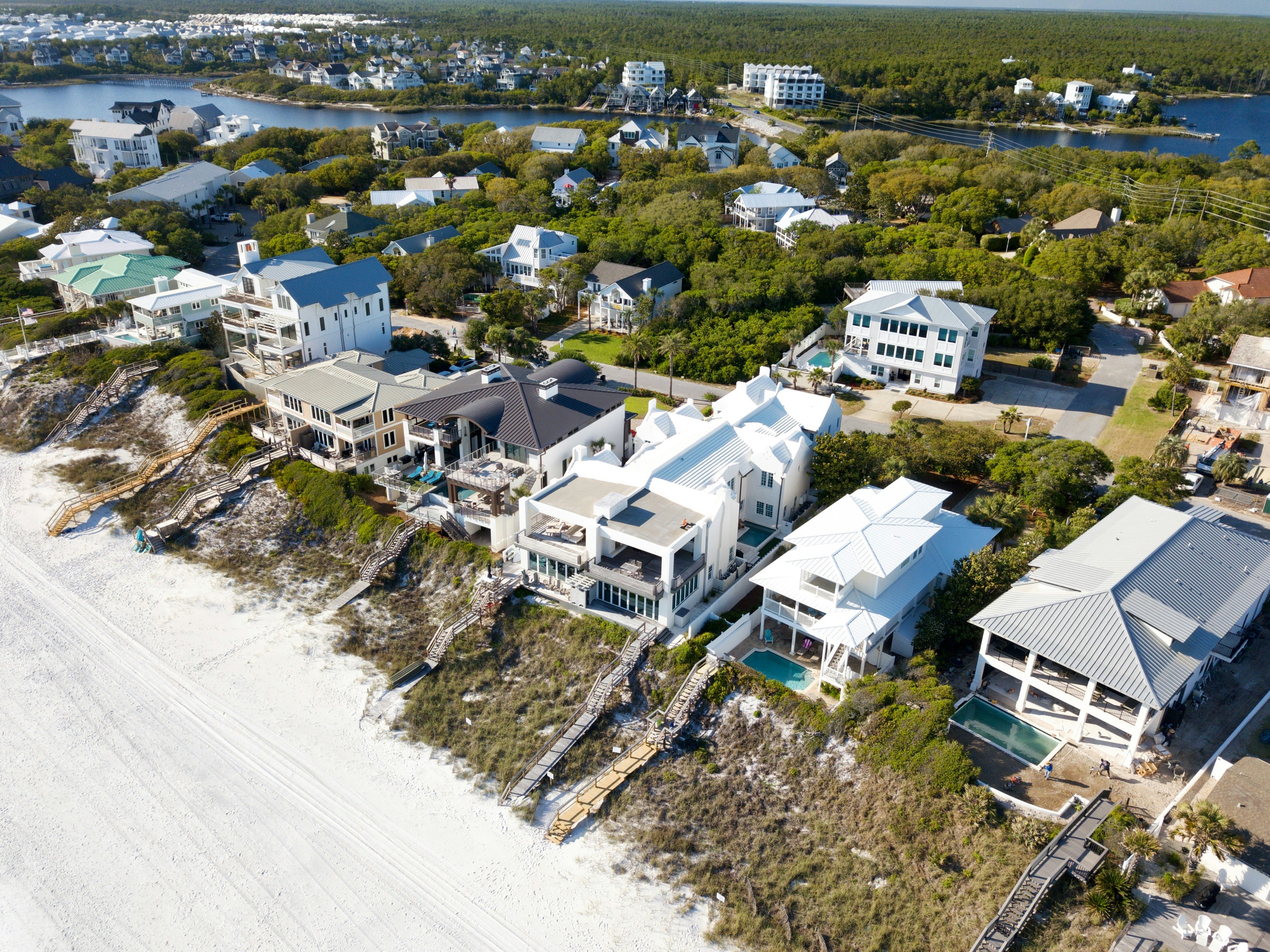Sustainable Financing Models for Green Real Estate Development

NXG Estates
Real Estate Investment Insights

As the real estate industry increasingly recognizes the importance of environmental sustainability, innovative financing mechanisms are emerging to support green development. These financing models not only facilitate the construction of environmentally responsible properties but often provide economic benefits through lower costs of capital and operational efficiencies.

Green Bonds and Loans
Green bonds and loans have become important financing tools for sustainable real estate development. These debt instruments are specifically earmarked to fund projects with environmental benefits, such as energy-efficient buildings, renewable energy installations, or water conservation systems.
The global green bond market has grown exponentially in recent years, with real estate issuers representing a significant portion of this growth. These bonds often attract investors with specific environmental mandates and can sometimes offer more favorable terms than conventional debt.
Sustainability-Linked Loans
Sustainability-linked loans tie the interest rate or other financial terms to the borrower's achievement of predetermined sustainability targets. Unlike green loans, which must be used for specific environmental projects, sustainability-linked loans can be used for general corporate purposes but incentivize improved environmental performance.
For real estate companies, these targets might include reducing energy consumption, obtaining green building certifications, or decreasing carbon emissions across their portfolio. Meeting or exceeding these targets can result in interest rate reductions, creating a direct financial incentive for sustainable practices.

Energy Efficiency Financing
Various mechanisms exist specifically to finance energy efficiency improvements in buildings. These include:
- Property Assessed Clean Energy (PACE) financing, which allows property owners to finance energy efficiency upgrades through assessments on their property tax bills
- Energy Service Companies (ESCOs) that implement efficiency projects and are paid through the resulting energy savings
- On-bill financing programs offered by utilities that allow customers to pay for efficiency improvements through their utility bills
These mechanisms help overcome the initial cost barrier to energy efficiency improvements, enabling property owners to realize long-term operational savings.
Green REITs and Funds
Specialized Real Estate Investment Trusts (REITs) and private equity funds focused on sustainable properties are providing equity capital for green development. These investment vehicles allow individual and institutional investors to gain exposure to environmentally responsible real estate while potentially benefiting from the sector's growth.
Some of these funds apply strict environmental criteria to their investments, while others focus on acquiring conventional properties and improving their environmental performance.

Public Incentives and Subsidies
Government incentives play a crucial role in making sustainable development financially viable. These can include:
- Tax credits or deductions for energy-efficient buildings or renewable energy installations
- Density bonuses or expedited permitting for developments that meet sustainability criteria
- Grants or subsidized loans for innovative green building technologies
- Carbon pricing mechanisms that make sustainable buildings more competitive
The availability and structure of these incentives vary significantly by jurisdiction, requiring developers to carefully research applicable programs in their target markets.
Community-Based Financing
Innovative community-based financing models are emerging to support sustainable local development. These include:
- Crowdfunding platforms specifically for green real estate projects
- Community investment cooperatives that pool resources for sustainable development
- Community land trusts that ensure long-term affordability while implementing sustainable practices
These models not only provide financing but often create stronger connections between developments and the communities they serve.
The Future of Green Real Estate Finance
As environmental considerations become increasingly central to real estate development and investment, we can expect continued innovation in financing mechanisms. Emerging trends include:
- Integration of climate risk assessment into lending decisions
- Development of financial products that support circular economy principles in construction
- Expansion of blended finance approaches that combine public and private capital for sustainable development
- Growth of impact investment focused on both environmental and social outcomes
For developers and investors, staying informed about these evolving financing options is essential to accessing cost-effective capital for sustainable projects and remaining competitive in an increasingly environmentally conscious market.
Share this article
Subscribe to Our Newsletter
Stay updated with the latest insights, market trends, and investment opportunities in real estate.

